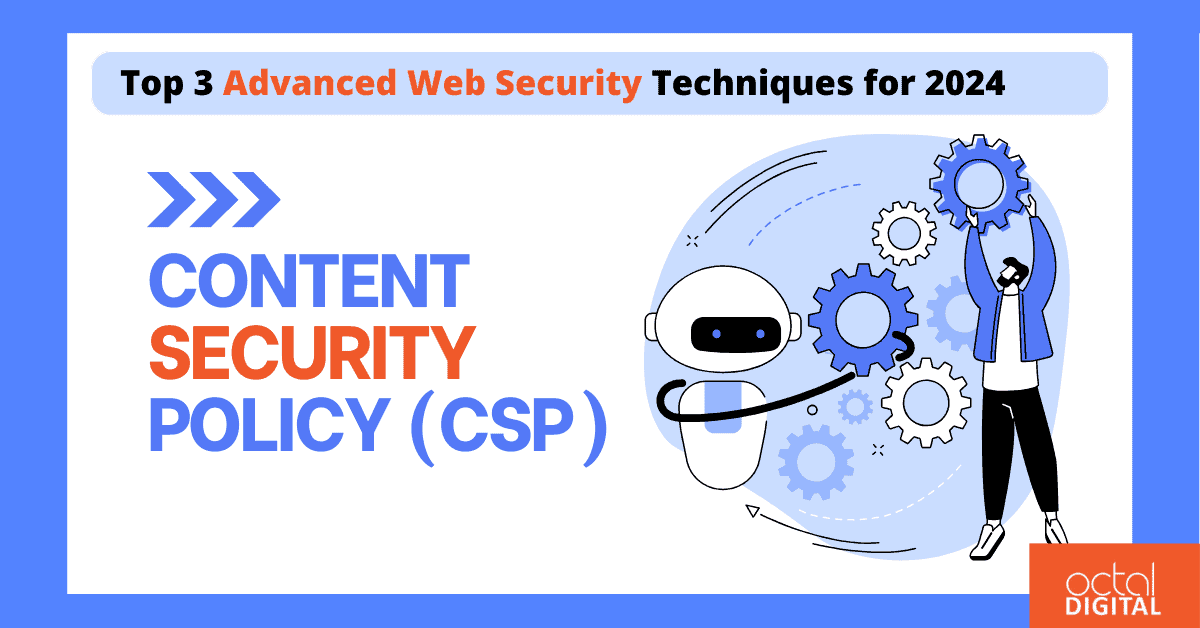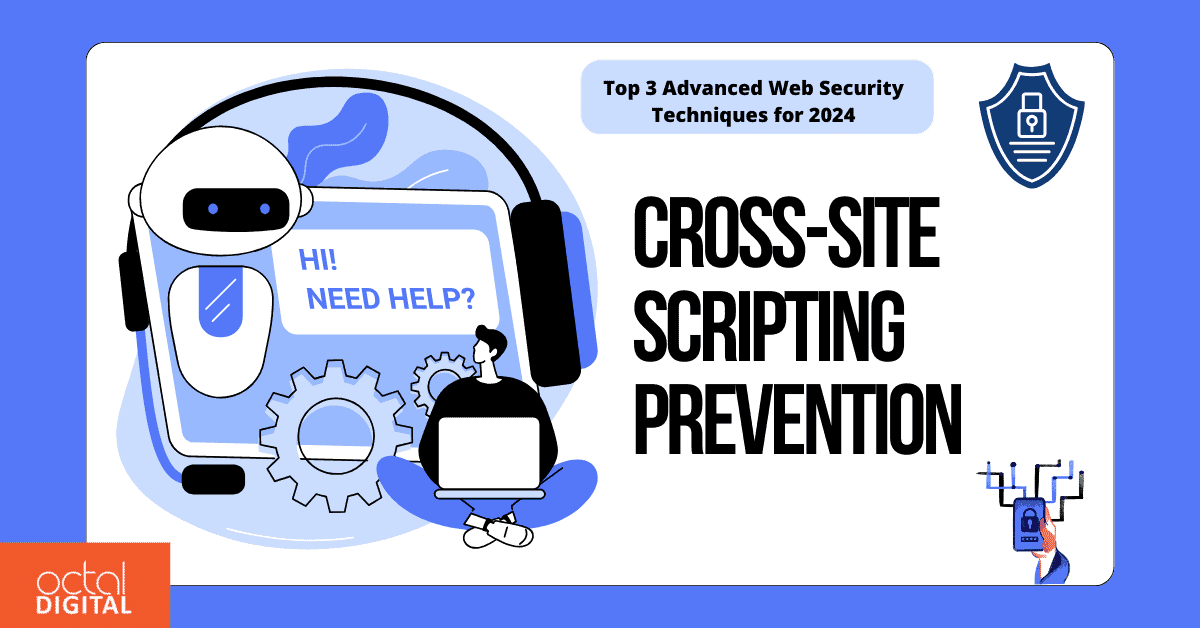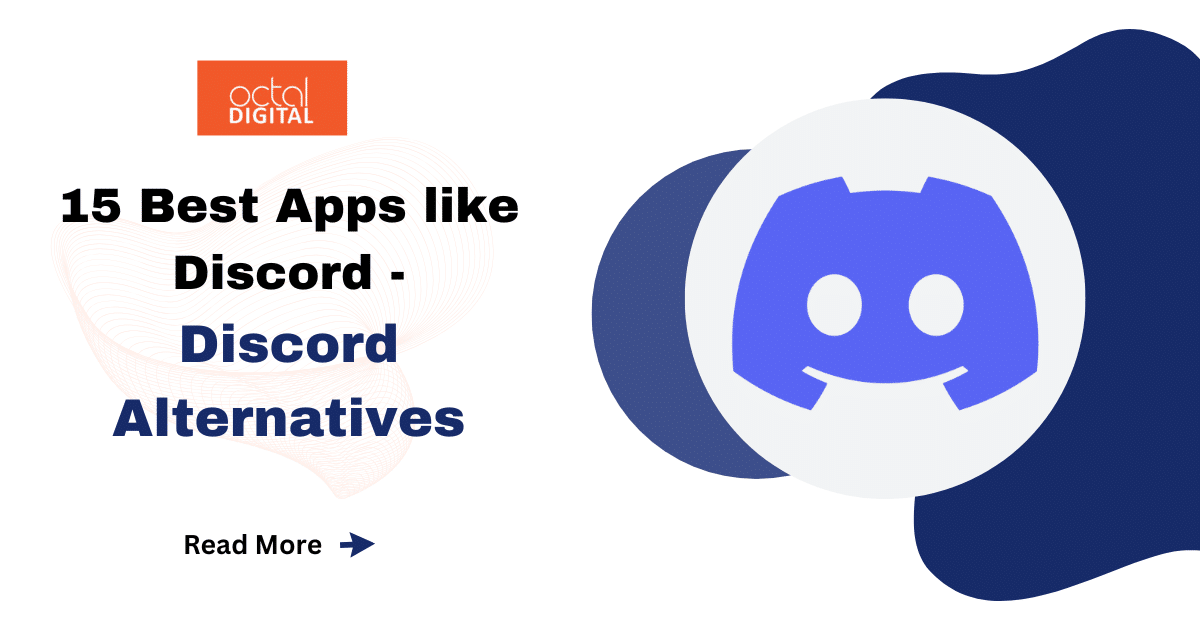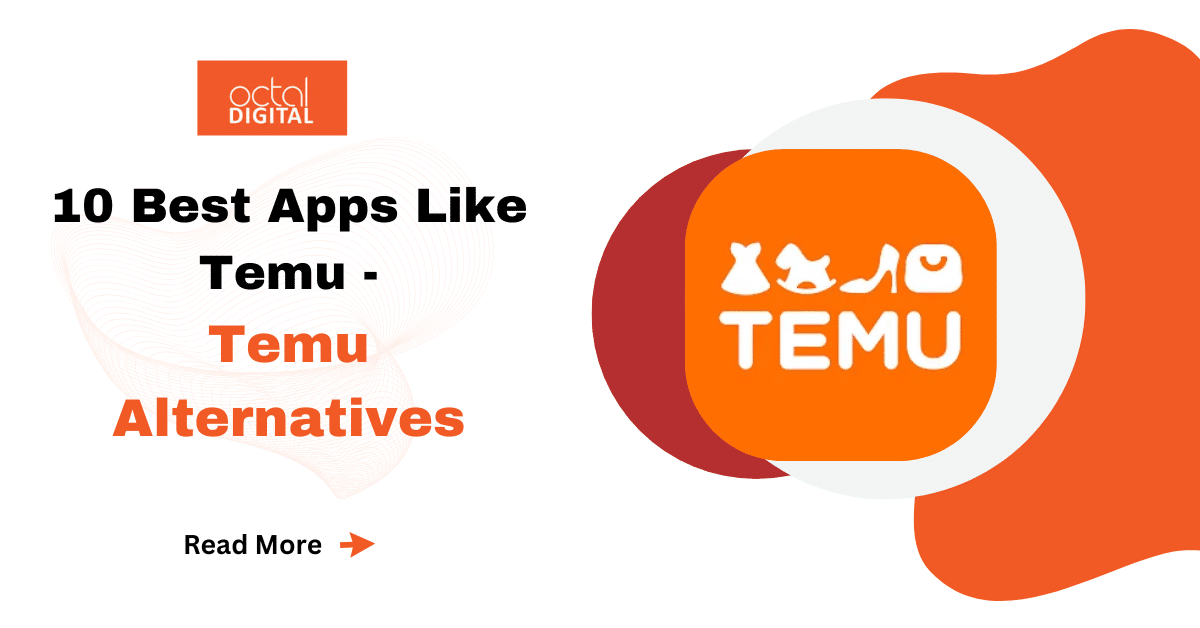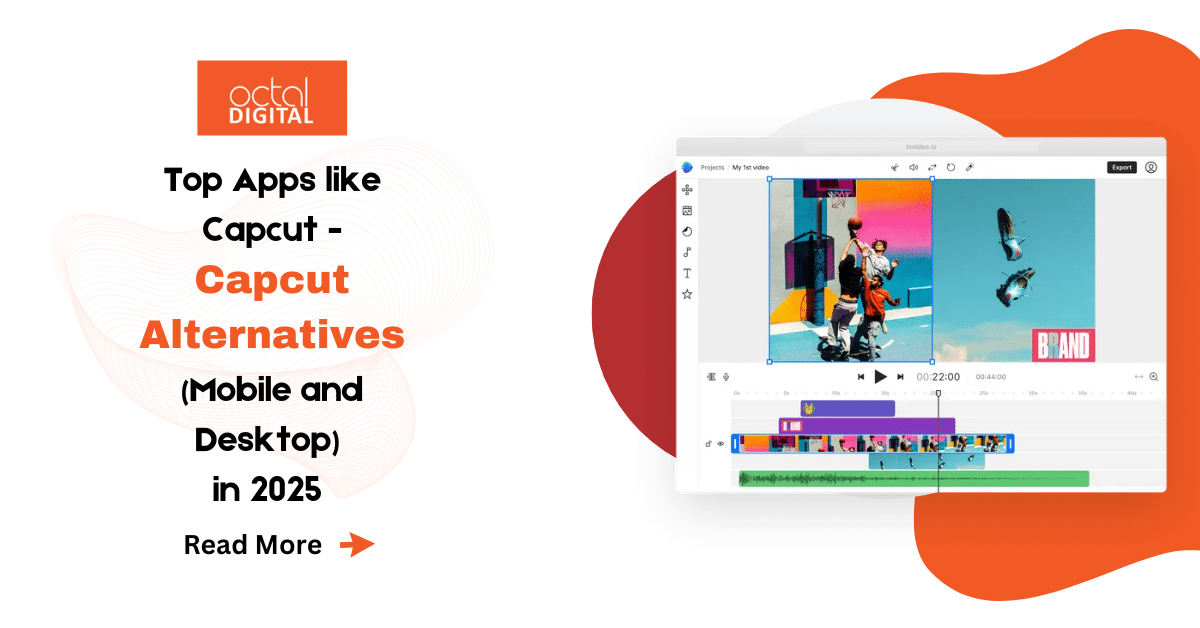Security cannot continue to be afforded as a luxury but as a vital line of defense online. Basic barriers like strong passwords and firewalls are the first line of defense, but advanced tools like Content Security Policies (CSP), Cross-Site Scripting (XSS) prevention, and Cross-Site Request Forgery (CSRF) protection form up a new level of security layer.
This blog post gives you a breakdown of these potent web security tools so that you can take command of your kingdom and build an impregnable barrier around your online empire.
Table of Contents
ToggleWhat is Web Security and Why?
Web security is securing websites, applications, and web services by preventing them from hacking or exposing the data to unauthorized personnel. The major security objectives of web applications include the security of sensitive information, maintaining user privacy, web resource data integrity, and availability. Web security is needed to protect resources, web services, and their users against fraud, unauthorized access, hacker attacks, and other cyber threats that have an awful impact monetarily and personally.
Now let’s discuss the ‘The Top 3 Advanced Web Security Techniques’ sequentially.
#1 CSP for Web Security
A Content Security Policy (CSP) is a safety measure that eliminates and removes standard web-borne attacks, for example, Cross-Site Scripting (XSS). It allows the websites’ administration to set and regulate the policies concerning permitted content sources which can minimize the possibility of malicious script execution. CSP improves web security by indicating which domains are allowed to load resources from, effectively reducing the exposure of users to further attacks and protecting them from harmful scripts.
This level of control effectively reduces the attack surface, blocking the entry of malicious scripts, styles, and images that might pose a risk to the site and helps address numerous threat types.
Read our latest blog: Benefits of Magento Cloud Hosting 2024
How does CSP Enhances Web Security?
- Reduced Attack Surface: Reducing the authorized space dramatically reduces the amount of attack opportunities available to an authorized attacker. CSP functions as a hardcore barrier, controlling which scripts, styles, fonts, and images can run on your website. Unauthenticated attacks are much less likely to be possible when there aren’t as many potential openings for hackers to target and inject their code into your site or otherwise take control of the site and hamper its functionality.
- Mitigating XSS and Other Injection Attacks: Traditional security practices have shown that CSP web security has the benefit of preventing Cross-Site Scripting (XSS) attacks. These attacks include injecting unauthorized scripts on your website, through user input form values, or insecure data handling. The enforcement of the script-src directive in CSP simply outlaws a principal means of XSS attacks. Furthermore, it is useful in preventing other forms of injections including SQL injection and command injection by bounding the loading of untrusted resources.
- Enhanced Referrer Protection: Information regarding the referrer is an indication given to a website by the web browser about where a user has previously been. While this information may be useful for analytics, it can pose negative consequences when used for malicious purposes, like phishing. Thanks to the referrer directive, CSP Web Security can define where your site can be embedded. This helps avoid instances where the attackers lure the users into following links that lead them to a site with embedded pages of your website. This makes it easier for the attackers to siphon off sensitive information from the victims.
- Content Delivery Network (CDN) Integration: Content Delivery Networks (CDNs) also help boost site speed by caching static content closer to global web users. However, incorporating a CDN with a site can contradict CSP at times. You can configure the CSP to interoperate with the CDN of your choice. It requires entering the CDN domain as a whitelisted domain in the proper directives. This lets the CDN deliver static content securely and at the same time addresses your CSP policy.
How to Implement CSP for Web Security?
While CSP for web security offers numerous advantages, implementing it effectively requires careful planning and consideration:
- Start Restrictive, Loosen Gradually: Start at a position that only permits the utilization of resources from your domain and of a few reputable third parties. After getting acquainted with the CSP, you are free to gradually ease the policy depending on the needs of your particular site. This approach reduces the initial risk for a start-up, allowing flexibility but has room for the basics.
- Thorough Testing: A piece of advice for you here. Only implement a CSP policy after testing it extensively! You should use the browser’s developer tools with tools for evaluating CSP before deploying your policy. This will ensure that one has not compromised the systems’ operations by restricting the resources.
- Directive Interactions: As has been described some CSP directives can interact in unconventional ways. This is why it is important to gain familiarity with these forms of interaction and how they function to avoid triggering any negative reactions from the environment. For instance, the reputed script-src directive can override the img-src policy sometimes.
- Content Delivery Network (CDN) Integration: Ensure that your CSP policy adheres to and is compatible with the specifications of your CDN. The domain of the CDN must be added to the relevant directives as a verified source. Verify that the CDN supports the CSP features used.
#2 XSS Prevention for Web Security
Cross-site scripting vulnerabilities are realized when the attackers insert malicious scripts, mostly JavaScript, into the site. They can then lead the users to a faux website or even steal account credentials and other essential information besides mussing up the site’s operations. This threat can only be combated with a multi-faceted defense.
XSS Prevention Strategies:
- Input Validation and Sanitization: Consider this as the first line of defense, a diligent watchdog that scans all incoming data. Where there is user input, always parse it character by character to eliminate any possible malicious characters such as angle brackets (<,>), quotes (’,”), and semicolons (;). These characters, if not well managed can be exploited to cause the introduction of scripts that lead to serious problems such as malware installation. Get rid of them completely or replace them with their respective HTML safe entities (For instance, < transforms to <). Use anti-XSS libraries such as OWASP AntiSamy or DOMPurify and define the rules by which the context-based validation will be performed depending on the expected input type (for instance, e-mail address, or phone number). However, data sanitization in and of itself is not the solution – ensure data is validated for its specific use to guard against these and other forms of logic attacks by a potential opponent.
- Output Encoding: This is like checkpoint scans before displaying data on your website. Wherever input may have been validated, encoding guarantees its harmlessness, this is a fact worth pointing out. Tools like js-html-encode and DOMPurify allow you to encode any unsafe characters potentially interacting with the DOM into their safe HTML equals. Specific encoding methods like HTML entity encoding, and URL encoding should be chosen according to the context where the data is being published. Output encoding does not only apply to external things like user input but also to databases or other information source inputs.
- Content Security Policies (CSP): As pointed out before, CSP is an effective firewall. It controls what the site can load in. In this case, you again have the script-src as your core defense, which enables you to set reliable sources of scripts. This greatly minimizes the attack surface and attackers can no longer easily introduce malicious scripts into your site from external scripts. Understand and explore nonce-src and hash-src options in the latest CSP features to make script execution even more secure.
- Secure Coding Practices: Having vigilant guards is important but they are useless without proper training. Likewise, even if your application was secured using robust measures, it could get compromised if there are loopholes within the code. Use professional-level security standards for strong web development like avoiding unsafe functionalities of web development (for example, eval(), etc.), escaping the end-user inputs, and checking all inputs before using them for database operations. Secure coding is an ever-evolving endeavor, and one only has to update his or her knowledge continually to respond to new threats.
- Regular Security Audits and Updates: Cyber security on the other hand is not the kind of system that comes with a set-it and forget-it affair. Optimize your security by performing routine security scans and penetration testing to close the loopholes before the hackers become aware of them. Subsequent updates for patches are applied promptly, especially those addressing security threats, it’s advisable to patch them as soon as possible. In other words, it requires emphasizing that even an armor-plated code can be cracked if the application includes software with outdated security features.
Remember:
- No Single Solution is Enough: One should combine these techniques for optimal protection, the measures complement one another in this way.
- Context-Specific Validation: Select validation rules according to what you expect the input to be and according to what the input is supposed to do.
- Regular Testing: To detect XSS, pen-testing your website periodically and using automated testing tools for XSS screening is advisable.
Are you interested in the latest technology and its guides? Here is an interesting piece of information-changing technology titled “How WebSocket Technology is Revolutionalizing in 2024” that you should not want to miss.
Advanced XSS Prevention:
Context-Aware Validation Libraries: Imagine a guard who checks the weapons and can tell the difference between a toy and a real one. Context-aware validation libraries also aim at similar functionality as OWASP AntiSamy and DOMPurify. Unlike simple character filtering of the input data, these libraries are wise in that they also know the data usage context.
For instance, OWASP AntiSamy can identify a real e-mail address from a phony one containing malicious scripts offering granular control over allowed data formats. Check out these libraries and understand how they may be configured to validate based on the data type and context in the application domain.
JavaScript Frameworks and XSS Mitigation: Leading development frameworks such as React or Angular understand the need to utilize measures to protect from XSS attacks and provide built-in methods that aid programmers in producing safe web applications. React’s JSX syntax naturally prevents script injection, and Angular automatically sanitizes data before rendering it in the DOM.
However, it is critical to comprehend such built-in safeguards and their severe restrictions. For example, each of the two-React’s JSX only shields against direct injection, and Angular’s sanitization can be evaded sometimes. Remember that you should always adhere to the security standards specific to the chosen framework and it might be beneficial to have added layers of validation and encoding.
Input Validation for Specific Data Types: It is also crucial to understand that specific things need to be validated and different data types need to be validated in additional ways. Here are some secure practices for common data types:
- Email Addresses: Use regular expressions that match valid email address formats, and refrain from permitting characters such as semicolons that can be used for injection.
- Phone Numbers: To validate phone numbers, use libraries such as libphonenumber-js to check all given phone numbers according to International formats and remove any separators or special characters that can be detrimental to the phone numbers.
- URLs: Try decoding the URLs using regular expressions or dedicated libraries. Ensure that the URL points to a genuine site. Check if they contain malicious parameters or not.
- Usernames and Passwords: Use the password policies, which contain the minimum number of characters, use a combination of characters and numbers, and prohibit easy-dictionary words. Consider passing words through hashing and salting to improve web security.
Note: It’s not just about characters when talking about validation; validation is also about the context and use of such data. Choose appropriate methods to use for validation depending on the specific type of data and risks involved.
Output Encoding Frameworks and Libraries: Even in the case of output encoding, context-specific approaches are required just like in input validation. The mentioned libraries such as js-html-encode and DOMPurify involve strong encoding abilities, but several complications remain. For example, js-html-encode is optimized to encode HTML characters, while DOMPurify offers more possibilities for sanitization.
Take the context in which the data appears (HTML attributes, JavaScript strings, etc) and select the library and the method of encoding that fits your requirements. In addition to that, basic protection measures can also be applied to your Shopify store. This is our recent article with a detailed guide on securing your Shopify e-commerce store web.
#3 CSRF Protection for Web Security
Simple attacks such as Cross-Site Request Forgery (CSRF) exploits refer to scams where attackers lure users into executing undesirable activities on your website like fund transfers, password changes, or purchases. These attacks often employ social engineering techniques and can be highly effective.
-
Synchronizer Tokens (Sync Tokens):
Imagine locking your door with a unique key that changes every time you open it. Sync tokens operate similarly, and provide the same basic prevention against CSRF attacks. Here’s how they work:
- Token Generation: Every time a form is submitted, a token, a random string, is created and inserted in the form data which is a hidden field or a URL parameter.
- Token Validation: Upon the form’s submission, the server will receive the token and compare it against the token stored within the session or database.
- Token Invalidation: If the token is validated, it is later discarded because it can only be used once in processing.
This is because token-based authentication comes with the following benefits. These include all the following features; it is relatively easy to implement and understand and hence is suitable for developers. Moreover, it combines well with standard Web forms, giving the users a universal and compatible tool suitable for different frameworks and libraries.
However, stakeholders must understand that token-based authentication has its demerits. One emerging weakness is that token sequences can be susceptible to brute-force attacks due to their predictability. Besides, the technique requires storage and management of tokens on the backend, which makes the backend process more complicated. Lastly, they become circumvented if these tokens are lost via the client-side vulnerabilities. Thus, implying that the security of web applications should encompass all layers of the application environment.
-
Custom HTTP Headers:
For tokens struggling to transmit via form data or URL parameters, you can embed tokens in custom HTTP headers sent with each request. This method is usually applied in RESTful APIs, and this is because forms are not utilized here.
- Token Generation: As with sync tokens, a new token is created and included in a dedicated header (e.G. X-CSRF-Token) in the authentication process.
- Token Validation: The server regains the token from the header and validates it against a token stored in session or in the database.
- Token Management: Like in the sync tokens the token normally becomes invalid after successful validation.
The fact that these headers can be developed for authentication offers comparably significant benefits for the security aspect. It’s safer than using form data or URL parameters for the headers are less vulnerable to tampering from the hackers. This approach is useful in securing RESTful APIs and other activities that go beyond the classical form-based approach’s strategy. Also, it can be integrated with other CSRF mechanisms without any issues, thus improving the general security situation. It is a necessity to hire the best web developers company like Octal Digital for strong web solutions. Ensure that you get the best web development company in Houston, considering and implementing the appropriate frameworks and strategies to avoid hacking issues and other related potential challenges in the future.
However, due to the extra coding effort developers have to expend to incorporate and utilize headers, custom headers may be more of a challenge. Further, it can be inconvenient to know that this method is incompatible with some clients and libraries, and can cause problems. Nevertheless, the improved web security advantages make custom headers an effective authentication option. And when used in coordination with appropriate mitigation measures, it is a practical type of authentication to consider.
Double-Submit Cookies:
This method incorporates the concept of tokens with the cookies’ persistent nature.
- Token Generation and Storage: One unique token is created and saved in a secure cookie on the client side.
- Form Submission: The token is transmitted in the form at first, being a hidden field, while it is sent back with the request in a cookie at the second stage.
- Token Validation: After form submission, the server takes the token from the form data and the cookie and validates them for consistency.
Utilization of cookies for authentication has several benefits as it improves web security. This is notably more difficult for attackers to circumvent comparatively to other approaches, providing another line of defense. The CSRF token transparently complements existing web forms and can be used for session management with CSRF prevention techniques.
As cookie-based authentication depends on the client and requires cookies, the latter may be unreliable in certain situations. Moreover, cookies may cause some disadvantages, specifically, the data privacy issue; the data accumulating and tracking process may become a critical problem. However, despite such constraints, such as increased network security and compatibility cookie-based authentication is a common and efficient method for web applications.
Decision Matrix:
| Factor | Sync Tokens | Custom HTTP Headers | Double-Submit Cookies | HMAC-based Tokens |
| Ease of Implementation | High | Medium | Medium | Low |
| Security | Medium | High | High | Very High |
| Client Compatibility | High | High | Medium | Medium |
| Development Effort | Low | Medium | Medium | High |
| Performance Impact | Low | Low | Medium | Medium |
| Suitable for: | Web forms, simple APIs | RESTful APIs | Web forms | High-security APIs |
Conclusion
This is important to understand that securing your website is not a one-time process but an ongoing journey. Using mechanisms like CSP, XSS, and CSRF you have built a strong defense mechanism but as the admirable Roman commander knew: Nothing is invincible. Staying aware and responsive is imperative as the threat continues to evolve in forms that cannot be fully anticipated ahead of time.
FAQ’s
Q: Can CSP break my website if not implemented correctly?
A: Yes, some policies if implemented that are overly restrictive may act as barriers to resources. The changes should be tested thoroughly to prevent impairing the website’s performance. If help is needed, consult the security experts or any security-related communities.
Q: Are popular JavaScript frameworks like React and Angular completely immune to XSS attacks?
A: These frameworks have innate levels of protection for Web applications. In addition, the users should have the know-how of their specific mechanisms and try to apply the additional validation and encoding layers.
Q: Which CSRF protection method is best for my web application?
A: This is because the choice of method depends on several things such as the type and intended use of the application, the level of security precaution needed in the app, and available resources in terms of development. Go by the “decision matrix” mentioned in the above sections in this blog and select the most appropriate one based on your needs.
Q: Do I need CSRF protection even if my website uses HTTPS?
A: Yes, actually, HTTPS does protect data in transmission, but it does not prevent CSRF attacks. CSRF enhances security by an additional layer of protection to avoid unauthorized actions.

